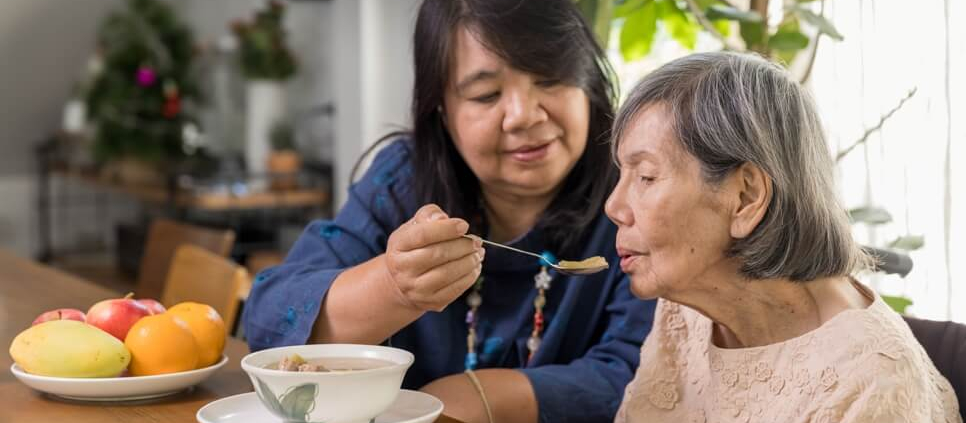Live-In Caregiver Duties and Responsibilities – Things You Need to Know!
When given a choice, most seniors prefer to remain living in the comfort of their homes as long as possible. Individuals who cannot safely live alone can still often do many of the things they enjoy either alone, or with a bit of assistance.
A live-in caregiver gives them the chance to have the best of both worlds.
What Are the Responsibilities of a Live-In Caregiver?
Live-in caregiver responsibilities are determined by the needs of the client. Everyone’s needs are a bit different when they get older. Some days they feel more capable than others. For some, their cognition or mobility worsens over time.
Whatever the need, a live-in caregiver is usually fairly flexible and willing to change the care plan to meet the client’s need.
Live-in caregiver responsibilities include any or all of the following:
- Reminders to take medication
- Assistance with personal care, hygiene, and grooming
- Assistance with toileting assistance and continence issues
- Transportation to appointments or errands
- Planning and preparing meals
- Light housekeeping
- Socialization and activities
- Companionship
Live-In Care vs. 24-Hour Care: What Are the Differences?
The common terms related to senior care can be confusing if they’re not familiar to you. While it seems that live-in care is the same as 24-hour care, there are significant differences between them.
Live-In Caregivers
The live-in caregiver responsibilities and duties between live-in care and 24-hour care are much the same. The difference lies in where caregivers sleep and how long they work.
For example, a live-in caregiver works with the client in their home while living with them for a few days. A shift typically lasts 3 or 4 days. At the end of the shift, a different caregiver arrives and lives with the client for the rest of the week.
Live-in care is a good choice for clients who need help much of the time but aren’t needed as much during sleeping hours.
24-Hour Caregivers
By contrast, with 24-hour care, a client has multiple caregivers. Each caregiver works a shift that lasts between 8-12 hours per day. At the end of the shift, another caregiver arrives, and they go home. Clients usually have two or three caregivers. With three caregivers, each works an 8-hour shift.
Caregivers need to go home for a time to rest and recharge. By alternating caregivers according to shifts, caregivers are more alert and can provide higher quality care.
Do Live-in Caregivers Sleep?
Clients of live-in caregivers must provide a bed for caregivers to sleep in for eight hours at night. Caregivers may need to wake up and tend to their clients during the night. To compensate for the lack of sleep, caregivers commonly get a 4-hour break during the day when they can catch up on sleep or do other things.
Other Things You Need to Know About Live-In Caregiving
Always interview caregivers about their previous work experience, background, and skills to ensure loved ones are being safely cared for. Check their references and do a criminal background check. Confirm their license and certifications to be sure they are legitimate.
Be specific about the type of care they need and get the care plan in writing.
Be sure you understand your responsibilities as an employer if you opt to hire a caregiver independently rather than work with an agency.
Lastly, always have a backup plan. Caregivers become ill and personal things can come up on their end just as they do with any other type of work. Arrange for an alternate caregiver or plan to fill in yourself so your loved one is never without care.



Leave a Reply
Want to join the discussion?Feel free to contribute!